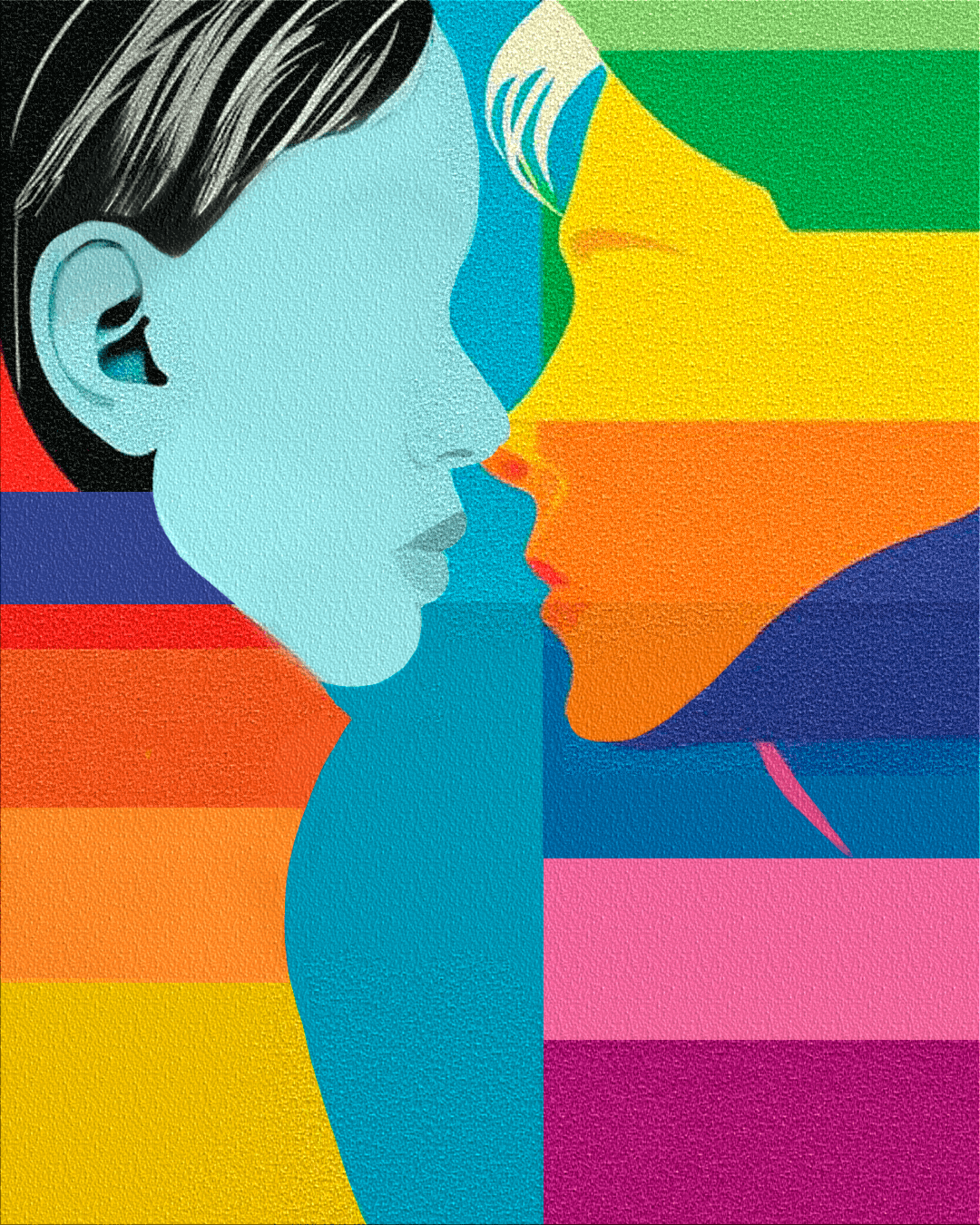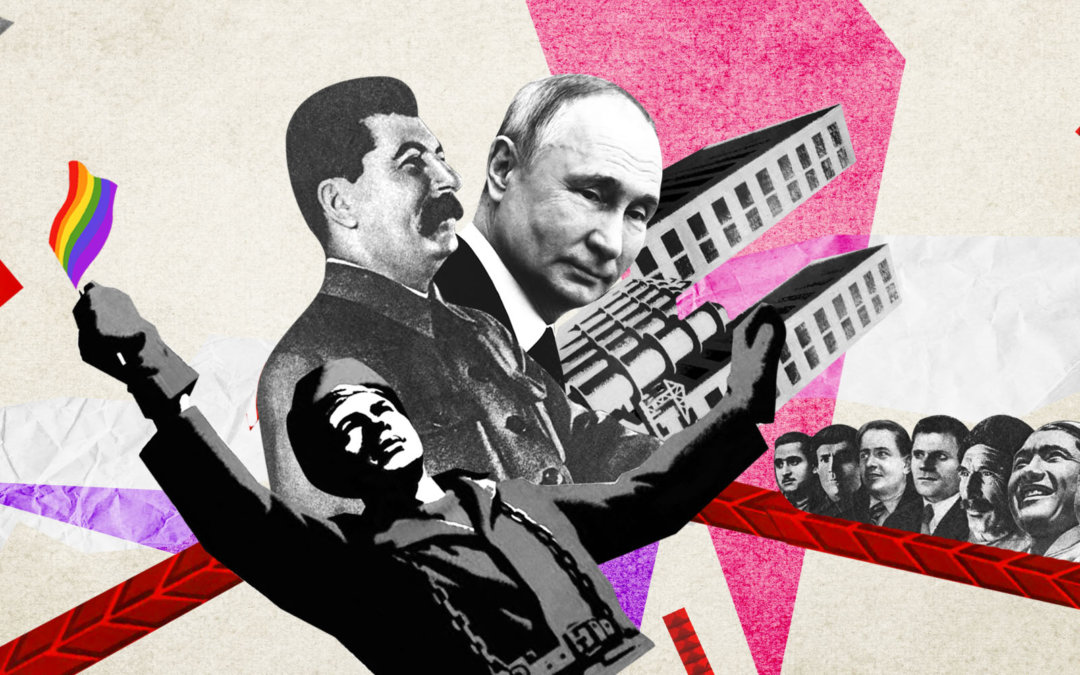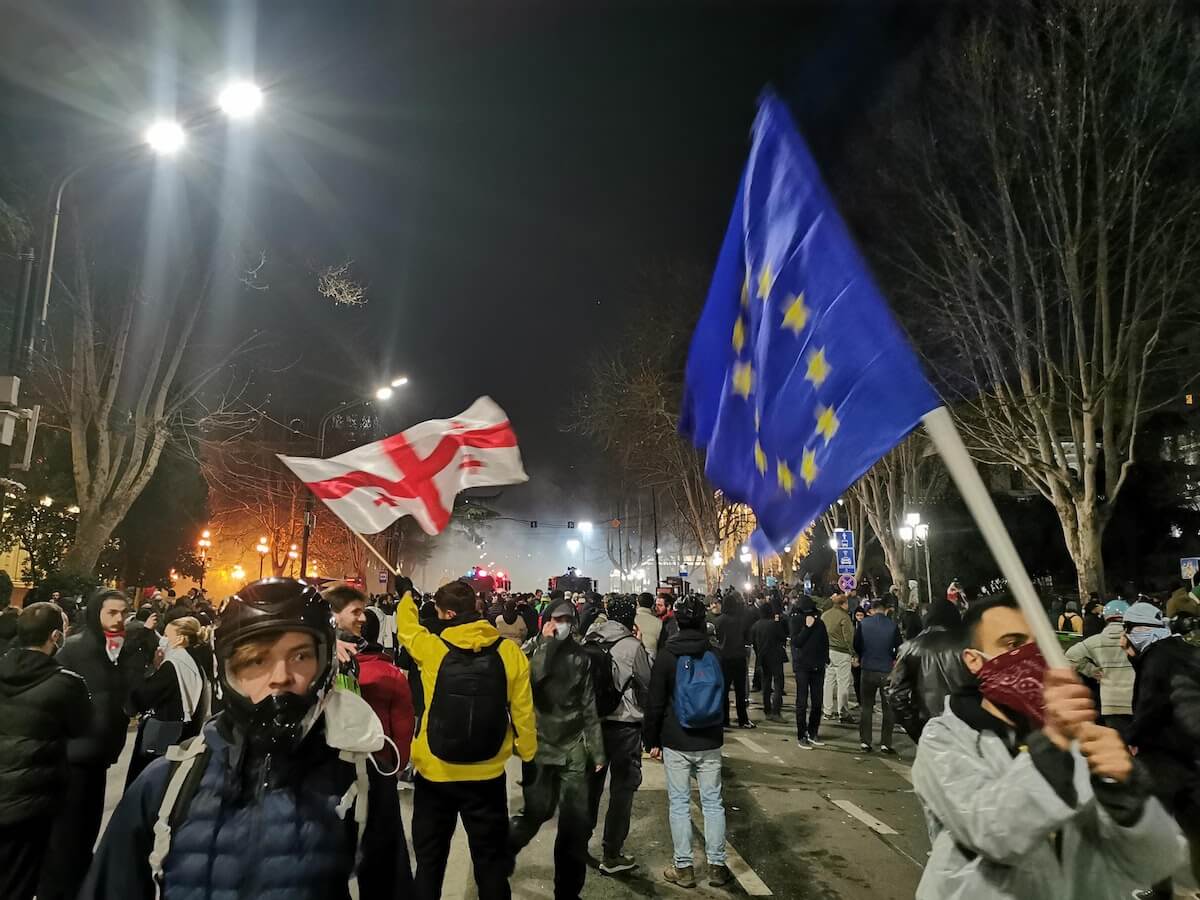Russian Propaganda’s Influence on Soviet and Post-Soviet Homophobic Narratives in South Caucasus
It has been over a year since Russia started the full-scale invasion of Ukraine. During the early stages of the war, which Putin labeled as a “special military operation,” it became evident that Russia aimed to justify its actions under the guise of safeguarding traditional values.
Patriarch Kirill, the head of the Russian Orthodox Church, uses anti-LGBTQ rhetoric as a means to justify Russia’s actions in Ukraine. By portraying an apocalypse, Kirill’s rhetoric helps to promote a narrative that is favorable to Putin. Kirill denounces the protection of human rights as a pseudo-humane queer agenda imposed by the West, asserting that it poses a global threat capable of annihilating the world. In doing so, Russia positions itself as the “last savior” of humanity.
“If humanity starts believing that sin is not a violation of God’s law, if humanity agrees that sin is one of the options for human behavior, then human civilization will end there,” Kirill declared at the beginning of the full-scale war, saying that by invading Ukraine Russia was serving people struggling with the values imposed by the West.

Illustration by Natalia Avaliani
Back in 2013-2014, the Russian state media tried to suppress the momentum of the Euromaidan protests by labeling them as a provocation orchestrated by “nationalists, anti-Semites, neo-Nazis, and homosexuals.” The statements made following the military attack on Ukraine serve as a prominent illustration of recent Russian anti-Western and homophobic narratives. However, Georgian politicians are not hesitant to make anti-Western statements that bolster Russia’s influence.

Euromaidan in Kyiv by Evgeny Feldman. Creative Commons BY-SA
In March 2023, the ruling party Georgian Dream proposed a law on “agents of foreign influences,” claiming the necessity to identify “hostile influences” and promote transparency. The move faced criticism from the West, leading to thousands of Georgian citizens protesting against it. The law, which was analogous to Putin’s attempt to silence the critical civil society, was withdrawn by the Georgian Dream. Prior to their retreat, they attempted to quell the wave of protests by dispersing the rallies.
In response to Western criticism, Prime Minister of Georgia Irakli Gharibashvili advised the European Parliament to “take care of themselves.” Additionally, when referring to participants of the rally, he said that some of them were “wearing the garbs of Satanists.”
Furthermore, the Chairman of Georgian Dream, Irakli Kobakhidze, described Lazare Grigoriadis, a 21-year-old who was arrested on charges of assaulting a police officer and causing damage during demonstrations against the law on “agents,” as “disoriented” and a “young man who has lost his way.” Kobakhidze’s statement echoes the efforts of anti-Western groups to create a “villainous figure” from the rally participants, aiming to influence public opinion in their favor.
The statements of politicians, radical groups, and religious officials in post-Soviet countries serve to bolster Russia’s influence, either directly or indirectly. The narratives propagated by these actors and the planning of anti-Western campaigns are not new phenomena. Their objectives typically involve undermining Western influence and consolidating Russian power in the region. Putin’s chosen methods of fight, the narratives he seeks to disseminate, and the techniques he employs are steeped in familiarity and age-old tactics. A closer examination of Soviet methods reveals that Russia is trapped in a cycle, continually striving to exert influence by fabricating nonexistent adversaries and reviving sensitive issues within post-Soviet society. Thus, delving into the Soviet past is crucial to gaining a comprehensive understanding of Russia’s present actions.
The roots of anti-Western and anti-LGBTQI narratives
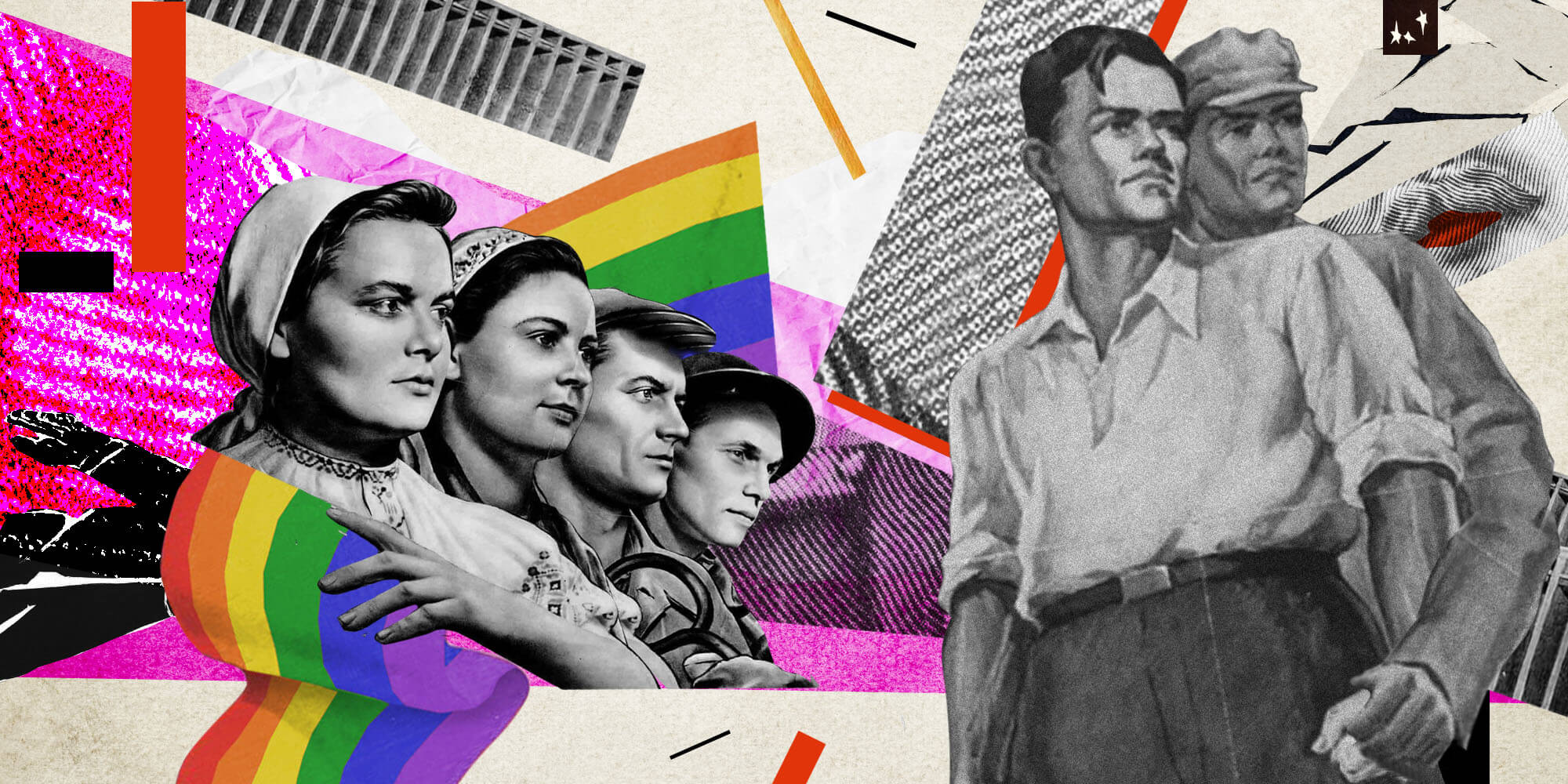
Illustration by Natalia Avaliani
To trace the roots of Soviet anti-LGBTQI rhetoric, we need to revisit the era of the Bolshevik Revolution. Following the 1917 revolution in Russia and the subsequent change in government, a period of transformative reforms commenced. The new administration resolved to establish a wholly new society, leading to the gradual nullification of the previous regime’s laws and the introduction of amendments aimed at achieving equality.
In Bolshevik Russia, men and women were proclaimed equals, with both genders enjoying equal rights in familial affairs. The divorce process was considerably simplified, while abortion was legalized. The 1903 legislation on same-sex relationships was revoked, and consensual relations were decriminalized. Although the legislative reforms pointed towards a more egalitarian society, homophobia was once again utilized as a political weapon. For the Bolsheviks, persecuting people for alleged homosexuality served as a key instrument in the class struggle, aimed at curbing the church’s influence. During the 1920s, several members of the Russian church were brought before the courts on various charges, including sexually abusing minors.
The initial years of Bolshevik rule have been a brief window of emancipation for queer people. The 1922 Criminal Code replaced outdated terms lacking medical or scientific basis, consolidating sexual offenses under the protection of individuals’ rights to “personal life, health, and dignity.” The new government sought to establish a state policy that prioritized science and human rights, departing from the time-consuming and antiquated approaches of the previous monarchy. Thus, the period brought a brief relief for LGBTQI people and women. While homosexuality was still a crime in European countries and the US, Bolshevik Russia’s approach was much more advanced. However, this human rights-oriented approach was short-lived as the use of LGBTQI issues as a tool of political struggle became even more active after Stalin assumed power in the 1930s.
Tamar Tolordava, a researcher at Ilia State University, suggests that as the Soviet Union became more totalitarian, sexuality — the most painful topic — became a target for the first bans, testing the ground for even stricter restrictions in the future. The re-criminalization of homosexuality in the 1930s was a deliberate maneuver orchestrated by Soviet propaganda. The recent experience of the decriminalization of homosexuality was still fresh and the change was likely to be painful for a large part of society. So, restricting sexual freedoms was a good way for them to prepare the ground for curtailing other rights and freedoms. Furthermore, the ban was used as a political tool from the beginning.
Homosexuality charges came together with allegations of spying for Western countries and being enemies of the state. They made homosexuality synonymous to selling out the country,” says Tolordava.
According to Ira Roldugina, a historian and professor at Oxford University who has been researching the experiences of queer people in the Soviet Union for many years, the ideas in Russia during the 1920s could be considered progressive even by today’s standards. According to her interview with Open Democracy, these changes resulted in a heightened visibility of queer individuals. But in the 1930s, when Stalin assumed power, sexuality was seen as a political statement, and this was one of the reasons for its recriminalization.
According to Roldugina, “by the 1930s, sexuality was seen as political: a very different situation from before the revolution. To put it bluntly, homosexuals were seen as a threat, on a level with “counter-revolutionaries” and “traitors”: sexuality had become as important a factor for purging as any narrowly political one. The persecution of gay men and the creation of an asexual façade were closely connected in the 1930s”. When talking about banning homosexuality and stigmatizing issues related to sexuality, it is essential to note that men and women were treated differently. Lesbian women were subjected to psychiatric treatment, while gay men were often arrested and sent to labor camps.
Tamar Tolordava points out that spreading the image of a masculine, heroic figure as the savior of the homeland became central, and homosexuality was no longer considered compatible with these goals.
“Before the Second World War, the establishment of macho and masculine ideals was significant. The idea of gender equality was just an illusion.
While the Soviet system projected an image of a heroic man as the savior of the motherland, the notion of gender equality was largely illusory. Women’s roles were primarily confined to raising heroes for the nation, and homosexuality no longer fit into this narrative. The political sphere was dominated by a “masculine man” archetype, associating homosexuality with “femininity.” These attitudes were reinforced by the Soviet system,” explains Tamar Tolordava.
The first large-scale arrests of 1933-1934 in Leningrad primarily targeted gay men and were justified with allegations of “deviance” coupled with “foreign espionage” and “treason”.

Note on the foremost folder reads: “Sexual deviations (pervertions)”. Photo from the archive of Ira Roldugina.
Dan Healey, a professor at the University of Oxford and a specialist in modern Russian history, describes targeting gay men in the Soviet Union in the 1930s as a process of “Stalinist construction of heterosexuality.” He notes that homosexuality was seen as a challenge to the “masculinity” of the state and was linked to national security. This, he argues, is why no law was passed against lesbian women.
“Most countries never introduced laws against “lesbianism” because women were traditionally restricted to the private sphere and were under the control of their husbands. Stalin and his circle did not approve of women’s emancipation: there was not a single woman in the Politburo, for example. I think that for Stalin, homosexuality was a “male” issue, connected to national security”, says Dan Healey.
Gay men who were arrested were predominantly sent to camps, where the Soviet system attempted to reshape them into “model socialists,” which, during that era, primarily entailed displaying heroic devotion to the motherland and serving as soldiers. However, it remains unclear how the narrative of homosexuality as a Western “ailment” was reinforced in the Soviet Union, considering that numerous researchers concur that the LGBTQI and women’s rights situation in Russia was comparatively better at that time than in other countries.
According to Tamar Tolodrava, the idea of homosexuality as a Western “sickness” was rooted in the memory of Russia during the Tsarist era and the Soviet Union’s total control over information. When Nazi Germany, particularly Adolf Hitler, accused Russia of “sexual perversion,” the Russian side attempted to do the same, and the narrative was successful in both cases.
“The propaganda machine aims to distort reality by labeling black as white, and it becomes increasingly achievable in societies with strict control over information. It may seem difficult to comprehend the link between homosexuality and the West during the 1930s, given the abysmal human rights record of the West. Nevertheless, it is crucial for the propaganda machine to manipulate information and interpret facts in a way that diminishes the opposing side. For instance, access to information about the agreement between Germany and the Soviet Union in the early stages of the Second World War was delayed because of the control,” says Tamar Tolordava.
The Soviet socialist system aimed to build a unified society where individuals were seen as components for constructing the Soviet “great reality”. The attempt to distinguish “good Soviet citizens” from others, the “formations” that endanger the Union, started in the 1930s and was successful.
Soviet fragmented queer experiences

Egorov Bathhouse in Saint Petersburg in early Soviet Russia, which was used as a meeting spot by gay men. Photo by Karl K. Bulla. From the archive of Eugene Fix
Due to the Soviet persecution, queer connections were entirely conducted in secret, making it impossible to have a comprehensive understanding of the experiences. However, what is known for certain is that the primary method of bringing gay men together in the Soviet Union was through “Pleshkas,” which were random locations where gay men would gather and socialize.
The security services conducted raids on these locations, tried to gather information using agents and people observed to be engaged in same-sex relationships. However, there is incomplete knowledge in this regard as well. The most well-known case available to the public is a secret campaign called “Hyacinth” carried out in Poland in the 1980s

Excerpt from the 1986 issue of the Newsweek Polska newspaper
Hyacinth demonstrates that security services maintained lists of men involved in same-sex relationships, using them for blackmail. It is believed that approximately 11,000 gay men and those associated with them were on this list. However, accessing information about similar cases in post-Soviet countries is challenging, which limits our understanding of the Soviet LGBTQI experience.
Researchers who focus on the experiences of LGBTQI people during the Soviet Union unanimously note that our understanding is incomplete for several reasons. Ira Roldugina found that accessing certain archives during her research was extremely difficult, if not impossible. Moreover, homophobic attitudes in Russia and other post-Soviet countries further complicate the search for firsthand witnesses who have experienced the discriminatory effects of the homophobic system themselves.
Dan Healey estimates that the number of people arrested on homosexuality charges during the Soviet Union era should be approximately 250,000, although the actual number could potentially be even higher. Ira Roldugina explains that access to medical records of lesbian women who were placed in psychiatric institutions is not available for researchers. In contrast, information about gay men is relatively easier to gather, even though it remains incomplete.
“Researchers have no access to any medical documentation, but “lesbianism” was seen as a psychological deviation, as opposed to male homosexuality, which was criminalized. Oral history could be a key element in unlocking the lives of gay Soviet women — how they socialized, their behavioral strategies – but public homophobia and a well founded fear of being open about their sexuality make older lesbians impossible to find”, — Roldugina notes.
In the few cases where we have knowledge of arrests on charges of homosexuality, they tend to be of individuals who were already known to the public, such as director Sergei Parajanov. However, it is important to recognize that during the post-Stalin Soviet era, homosexuality charges were often used as a means to silence and stigmatize people deemed harmful to the system. Therefore, it is possible that many of these cases have nothing to do with the actual sexual orientation of the accused.
The emergence of a new savior and the sentiments in the Soviet Union

Illustration by Natalia Avaliani
The dissolution of the Soviet Union presented an opportunity for self-determination in the liberated countries, but dismantling the remnants of the long-standing system proved to be a challenging task. In addition, the new leaders attempted to appease “Homo Sovieticus”, who found themselves in an uncertain and unfamiliar reality, by catering to sentiments of the past. As a result, issues related to sexuality and gender were once again perceived through the lens of the Soviet era.
According to Vlasi Vatsadze, in this new reality, men felt powerless and reverted back to the ideals instilled in them by the Soviet system.
“Men felt lost and emasculated. The Soviet Union taught men to wield guns, which superficially emphasized their masculinity but made them dependent on women. The resulting confusion and dependency left Soviet men ill-equipped to handle real-life challenges, leading to aggression against people with non-stereotypical identities,” Vlasi Vatsadze writes.
According to Tamar Tolordava, the disappointment with the new reality led to a resurgence of past sentiments with renewed vigor, which then became a tool in the hands of Russia.
“The Kremlin made very good use of sentiments fueled by post-Soviet disillusionment. After 70 years of confinement, people had to adapt to a freer, more open reality and learn to survive. Any hope that the West would save you is futile. It is all about self-determination now, which is a long and arduous process. The disappointment with the new reality reignited sentiments of the past. As a result, discussions about women’s rights were overshadowed by the emphasis on “equality” for Soviet workers, while LGBTQI rights were often associated with the West. Anything new, foreign, or unfamiliar became a tool for the totalitarian system and the far-right groups. Additionally, the protection of Christian values and the construction of a traditional society became popular notions,” Tamar Tolordava says.
The emergence of Putin as a new savior can be better understood by considering some factors. The Cold War ended with the defeat and collapse of the Soviet Union. The Soviet people, who were still overwhelmed by the great role of the Soviet Union in the “Great Patriotic War”, felt deprived of support. Boris Yeltsin, a former Communist Party member, failed to become a strong leader who could clarify Russia’s role in the new reality. Yeltsin’s alcohol addiction and his inability to achieve Russia’s imperialist goals, such as the defeat in the first Russo-Chechen war against a small and poorly armed state, only intensified the despair caused by uncertainty.
Vladimir Putin, a former KGB agent, emerged as a classic example of “Homo Sovieticus”. He abstained from alcohol, held great admiration for the Soviet era, demonstrated physical strength through his judo practice and healthy lifestyle, and maintained a rigid and direct political stance and speech. Putin became a revered figure for those who were accustomed to the Soviet decades and believed that leaders could bring salvation. His popularity was further bolstered by his personal adherence to the Soviet idea and his tendency to overlook the challenges of the new era.
In 2006, Swiss journalist Christoph Neidhart, who has been covering Soviet affairs since the 1980s and worked as a correspondent in Russia, wrote: “In this sense Putin is a Soviet fossil, a well-preserved remnant of an outdated era, an old Soviet brain in the fit body of a 50-something. His language too is reminiscent of the Soviet period – when communication had more to do with preserving a façade of power than revealing the truth, facts or even intentions”.
Putin has been resurrecting Soviet methods, narratives, and ideals, one after another, by taking them off the shelf. This tendency was particularly pronounced during his second presidential term when the largest wave of protests since the Soviet era followed his re-election. Initially, the KGB ex-agent revived the “Foreign Agents” law and passed a law that prohibited “LGBT propaganda” among children. Recently, this law was amended, extending the ban to all age groups. Putin systematically transformed free media and civil society into more overt traps and created an information vacuum in the country. Consequently, only government-friendly content can be heard.
According to Tamar Tolordava, Putin’s government relies on creating an “enemy image” out of queer individuals, and this is difficult given that the memory is still alive for people who grew up in the Soviet Union.
“Anti-LGBTQI propaganda serves two purposes: firstly, it promotes protection against Western influences, highlights the significance of family values, and reinforces narratives of loyalty to traditional Christian values. Secondly, it can be employed as a distraction from genuine legislative and political developments that consolidate the authoritarian regime. By fabricating a nonexistent problem and directing attention towards fictional adversaries, it diverts focus from actual issues,” Tamar Tolordava argues.
The Russian LGBT Network spokesperson noted that in Russia, there is still a distinction between the rights of heterosexual and LGBTQI people, creating a fertile ground for propaganda. Similar attitudes can be observed in other post-Soviet countries where the fight for LGBTQI rights is often viewed as a demand for “special privileges”.
Kremlin’s Friends
Russia exploits the fears of potential conflicts in the South Caucasus countries, the necessity to maintain a constant state of defense, the risk of losing national unity, and the desire to preserve their cultural identity. The memory of the painful loss of Abkhazia and Samachablo is especially acute for Georgia, compounded by the recent experience of the 2008 August War. In the case of Armenia and Azerbaijan, the painful topic is the Nagorno-Karabakh conflict.
Moreover, to make sure that the wounds of war do not heal and the fear of losing national identity remains, Putin’s Russia has allies in all former Soviet countries. These allies include political figures, parties, violent and radical groups, as well as church officials who promote the Russian agenda. They attempt to divert attention away from actual issues and focus on imaginary ones, while also working to fuel hostile attitudes towards Europe and America.
Tamar Tolordava suggests that while direct connections are challenging to establish, there are signs that point to their connections to Russia:
“Many details document the link between homophobic actors and Russian influence. The linguistic bond is noteworthy among them, such as the word “liberast,” which originated from Russian. Similarly, many homophobic terms used in the country have their roots in Russia — the use of most of them starts in Russia and then settles in us as well”.
“Members of Alt-Info [an ultra-right, violent group in Georgia that has its own party and media, assaulted LGBTQI activists and journalists on July 5, 2021] have connections with Russia and frequently visit the country, meet with politicians, and hold meetings with Ilia the Second, the Patriarch of the Orthodox Church of Georgia. While it is challenging to provide definitive confirmation, the actions, terminology, and ideas propagated by these people closely align with the Russian narrative, strongly suggesting that they are serving as instruments in Putin’s hands,” says Tamar Tolordava and adds that there still are differences between Russian and Georgian Orthodox Church:
“In Russia, the church is not an independent actor; it echoes ideas that are favorable to Putin, and this is one of the elements of Putin’s management. In Georgia, on the other hand, the church constantly seeks to be an independent actor that influences political processes. We can say that the Georgian church acts according to the dictates of Russia, although its role within the country is different”.
In Armenia, Russia benefits from the government’s failure to take action against hate crimes, which only serves to legitimize violence in society. The government’s inaction and the prevalence of homophobic attitudes were exemplified in the August 2018 attack on LGBTQI activists. Approximately 30 men used homophobic slurs and made threatening remarks, resulting in physical violence that left at least 6 people injured. The police interrogated the attackers, but in November of the same year, some were granted amnesty, while others were not punished at all.
Ultra-right and radical groups are the main propagators of homophobic narratives, with the Adekvat group being particularly noteworthy. It originated from a Facebook group and has since formed a political party that spreads misinformation about Europe and America, promotes conspiracy theories, and mobilizes supporters with its anti-LGBTQI rhetoric. They often use the pretext of protecting Christianity and traditional values to justify their actions.
In Azerbaijan, there is a distinct situation where political figures, including President Ilham Aliyev, employ gender stereotypes and human rights issues to portray Europe in a negative light. In 2019, President Aliyev stated, “Where shall we integrate? <…> Shall we integrate to a place where there’s no difference being made between men and women? We definitely shall not.” This statement reflects his stance against deeper integration with Europe. Moreover, research conducted by OC Media reveals that a significant majority (88%) of hate speech cases originate from pro-government media outlets in Azerbaijan. This highlights the prevalence of hate speech within the media aligned with the government.
How Russian narratives spread in Georgia
In Georgia, it is mostly government officials who make populist and homophobic statements. During the Pride week in 2021, journalists were physically assaulted by members of radical groups. These groups also attacked the offices of non-governmental organizations and tried to mobilize people through alt-info broadcasts while advocating for violent actions. Despite the situation, instead of criticizing these groups and guaranteeing the protection of the march, Gharibashvili stated that “decision-making through violent means by a minority is a thing of the past, and the “Georgian Dream” government will cater to the majority”.
“When 95% of our population is against holding a demonstratively propagandistic march or parade, we all have to obey it. We must be accountable and ensure that decisions in Georgia are no longer determined by a violent minority, who should not have the power to dictate the fate of the majority,” Irakli Gharibashvili said.
Despite multiple videos showing incitement to violence, none of the organizers involved in the 2021 attack have faced prosecution up to the present time. Furthermore, the Georgian Dream government’s anti-civil society sentiments were even more apparent when they attempted to pass a law favorable to Russia on “agents of foreign influence,” following in the footsteps of Putin’s Russia. This process was met with widespread protests, and attempts to suppress them with water jets, gas, and pepper spray. However, due to the persistent protests, the government was eventually forced to back down and revoke the law.
A noteworthy point is that the members of the pro-Russian, violent group Alt-Info have submitted a draft law to the Georgian Parliament seeking to ban LGBTQI public events and demonstrations. Recently, the pro-government TV channel Imedi aired a story about a Gallup survey suggesting an increase in the number of young people identifying as LGBTQI in the US. However, the story frames this development as a consequence of “gay propaganda” resulting from the strengthening of human rights. The story includes a comment from Mamuka Mdinaradze, the executive secretary of the ruling party, who attributes the increase to gay propaganda.
The executive secretary of Georgian Dream emphasized “the need to differentiate between LGBT propaganda and the protection of the rights of LGBT individuals”. Referring to research from a respected organization, he stated that propaganda can lead to an increase in the number of people identifying as LGBT. Russia views the South Caucasus region as a unified space and uses a common propaganda network that disseminates materials of similar content in Armenian, Georgian, and Azerbaijani languages. The network includes media outlets and “research organizations” that distribute the same content in Armenian, Georgian, and Azerbaijani languages.
The non-governmental organization ISFED conducted research on the dissemination of pro-Russian information and identified various methods and forms used. One notable example highlighted in their extensive analytical material is the South Caucasus Institute.
“The observation revealed that the Russian propaganda network also includes two websites of The South Caucasus Institute. The South Caucasus Institute positions itself as a research center, however there’s no available information about the center online, which makes its origin doubtful. There are two websites acting under the mentioned name, both of which were created on August 29, 2022. One operates in Georgian and Armenian languages, and the other in Georgian and Azerbaijani. […] The political articles published on Georgian-language website are Anti-American, and the articles in Armenian and Azerbaijani-languages are mainly pro-Russian,” states ISFED.
Although Russia employs largely consistent methods in its operations in the South Caucasus, the annual LGBTQI rights map published by ILGA Europe reveals varying outcomes across the region. These differences can be attributed to factors such as the efforts of local LGBTQI organizations, variations in legislation, differences in the investigation of hate crimes, and religious attitudes.
On the 2022 map of Europe, Azerbaijan ranks last (49th) in terms of LGBTQI rights protection, while Armenia ranks 47th and Georgia ranks 34th. Russia is positioned at the 46th place. The disclosure of Soviet archives, making information about the experiences of queer people during the Soviet Union accessible to the public, can uncover how the enemy image was constructed and shed light on Putin’s Soviet-style rule in Russia.
Tamar Tolordava suggests that although Russia’s future remains uncertain, it seems clear that its propaganda tactics are no longer effective, as demonstrated by their failure in Ukraine.
“The strategy of fighting a non-existent enemy seems to have become outdated. Perhaps it was successful once, and even the second time, but in the case of Ukraine, it is no longer effective,” says Tamar Tolordava at the end of the conversation.
Read more articles from the Issue

“This Is My Feminist Manifesto”

Behind the Mask: Contemporary Drag Culture in Kazakhstan
Queer Self-Expression in Kyrgyzstan: Between Cultural Norms and Personal Values
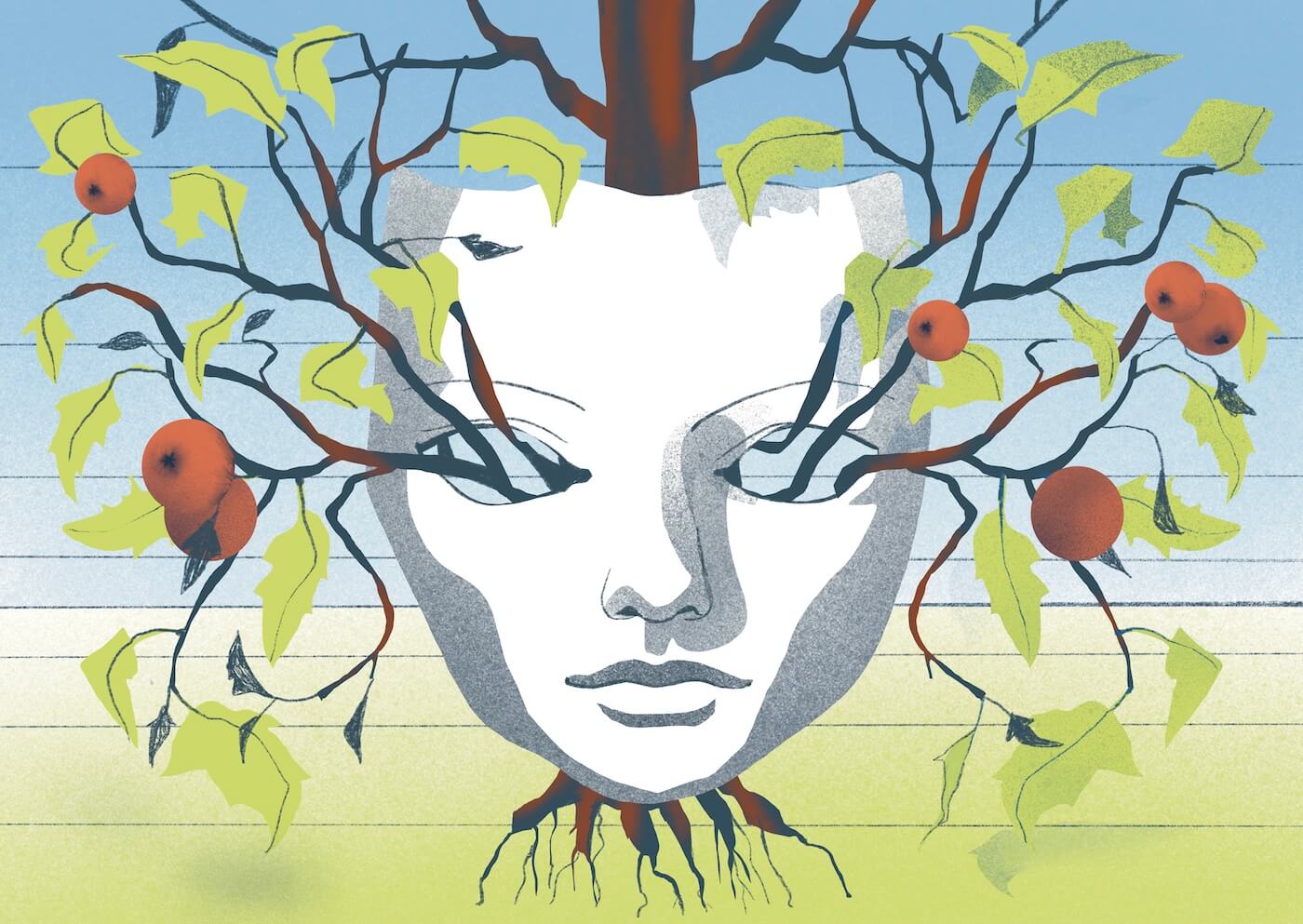
Three Stories from Moldova: Drag, Cinema, Literature

Chemo Dao
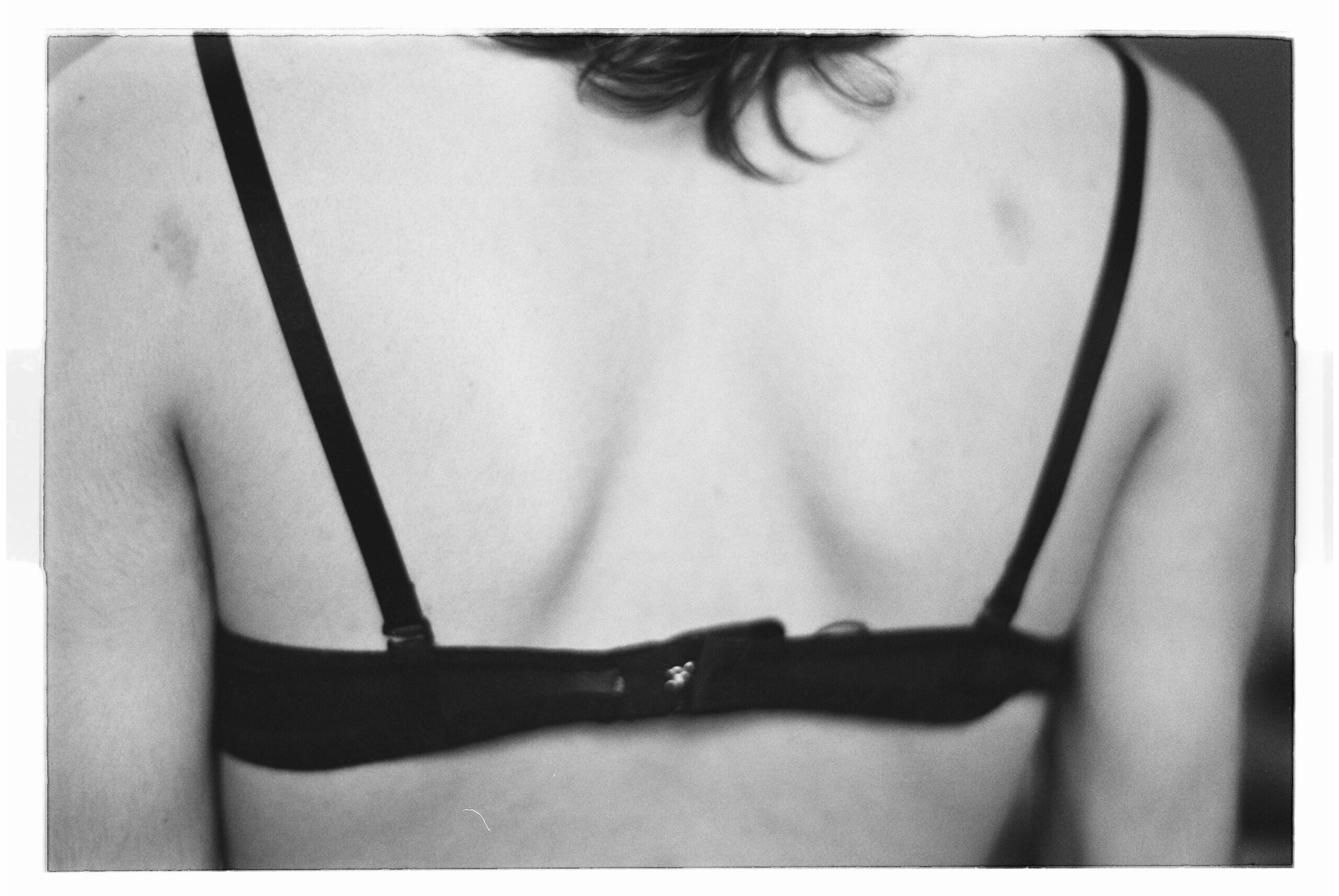
Drag in Armenia: An Evolution of the Artform

Guess the Fact – Queer Artist Edition
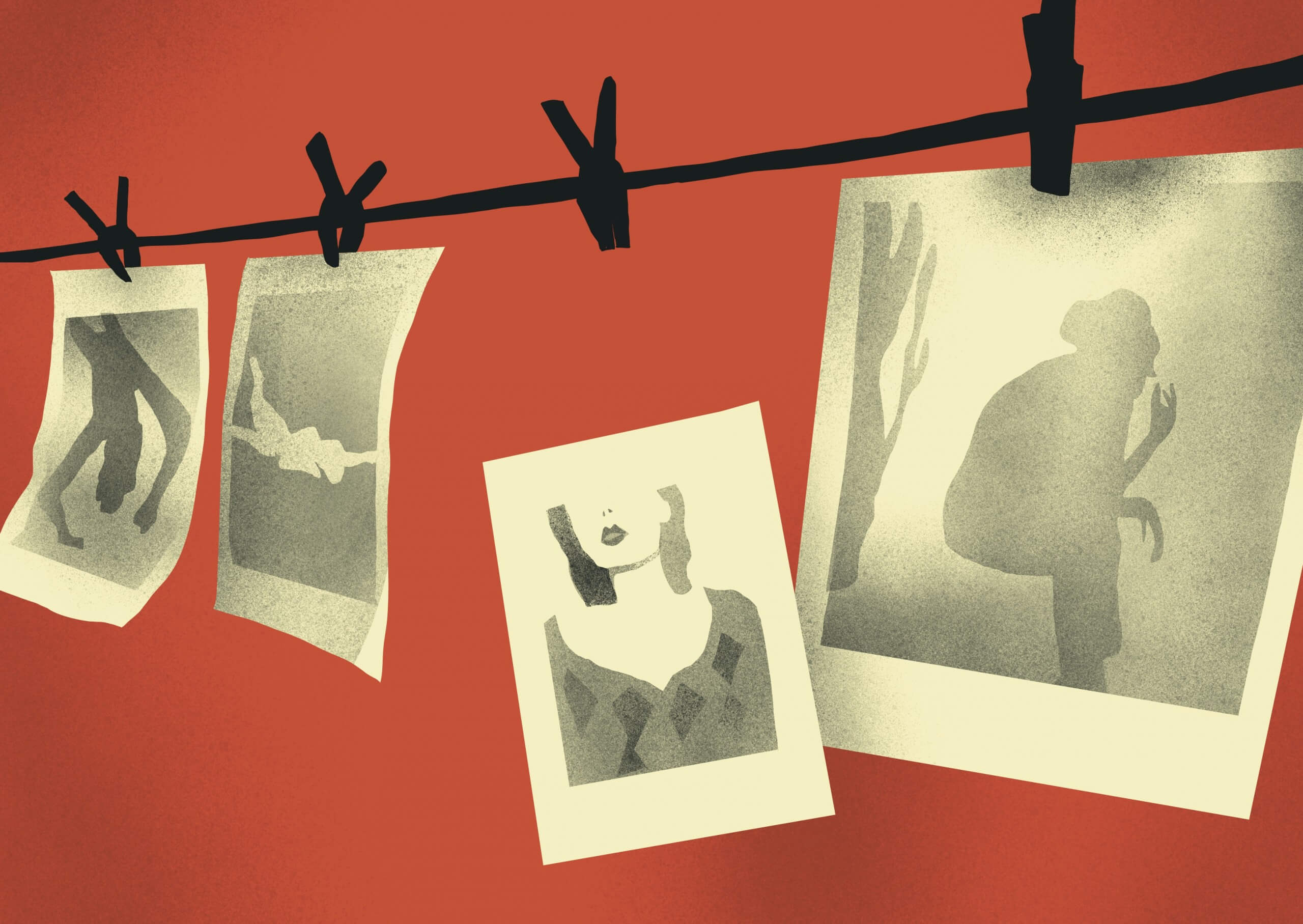
“Discover Your Own Point of Tension and Pleasure. Trust Both”
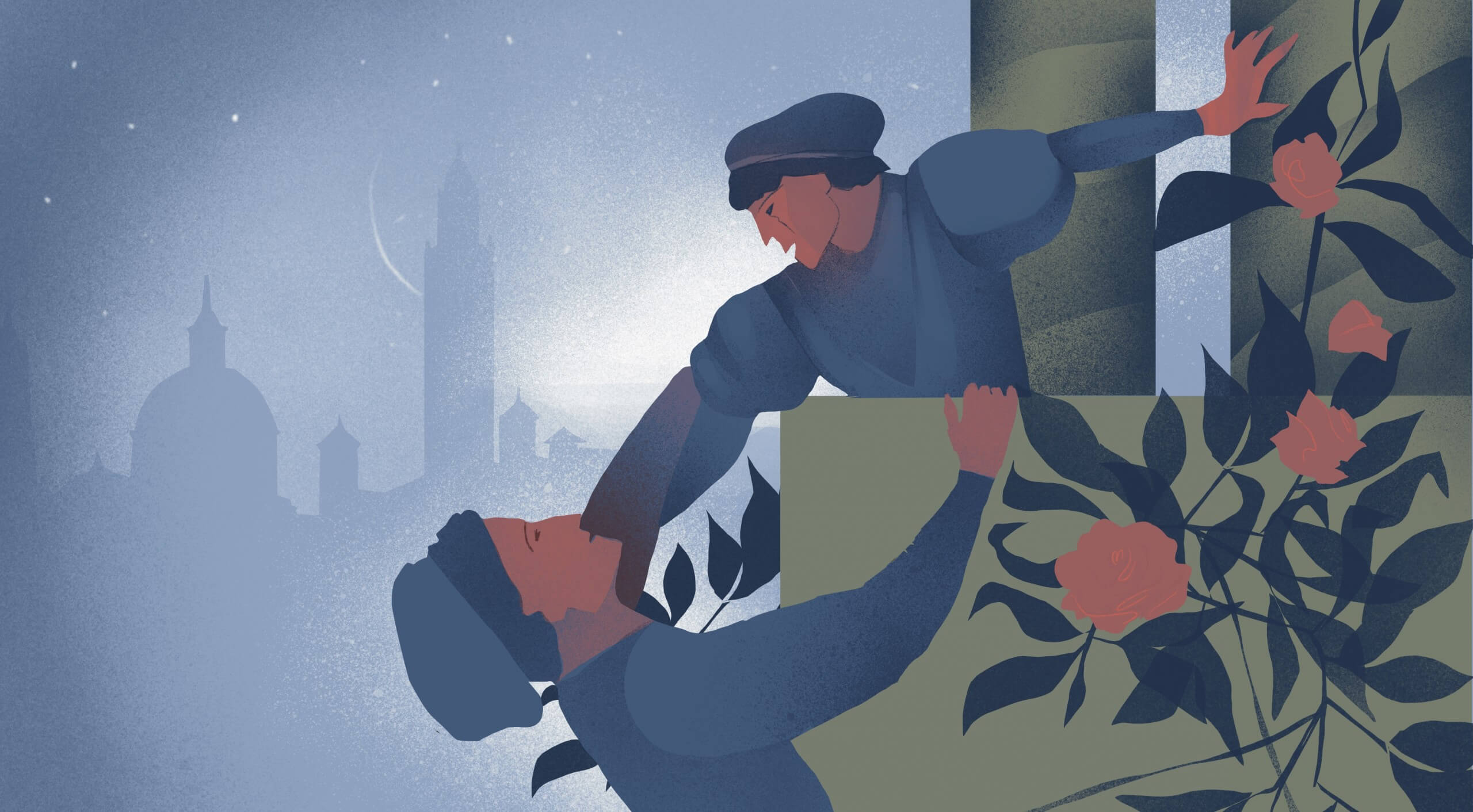
Colourful Petals

Emotions. Feelings. Uzbekistan
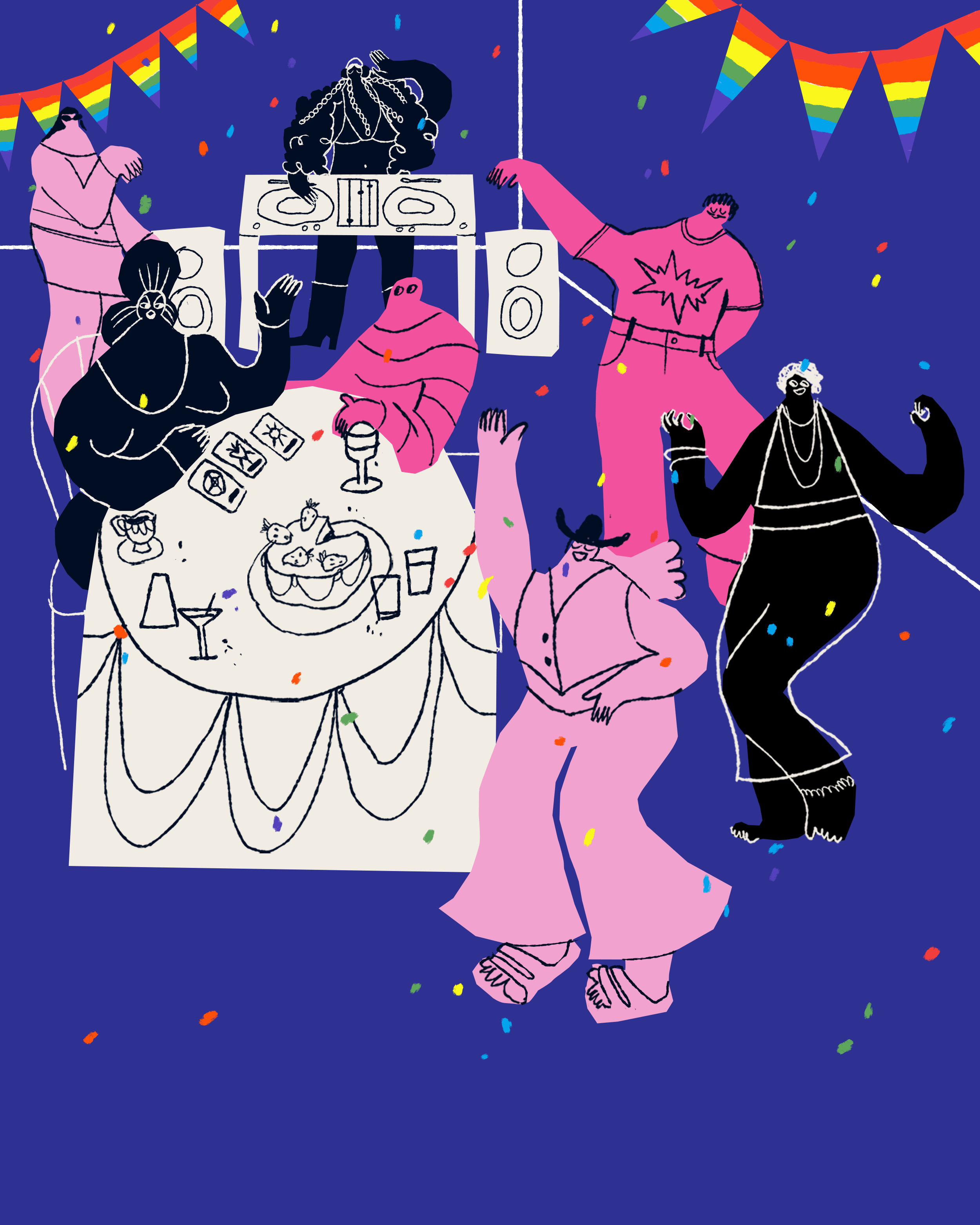
Peculiarities of Running LGBTQ Spaces in Kazakhstan

Defying Boundaries: Azerbaijan’s Drag Star

“In Prison, They Named Me Rayhon”
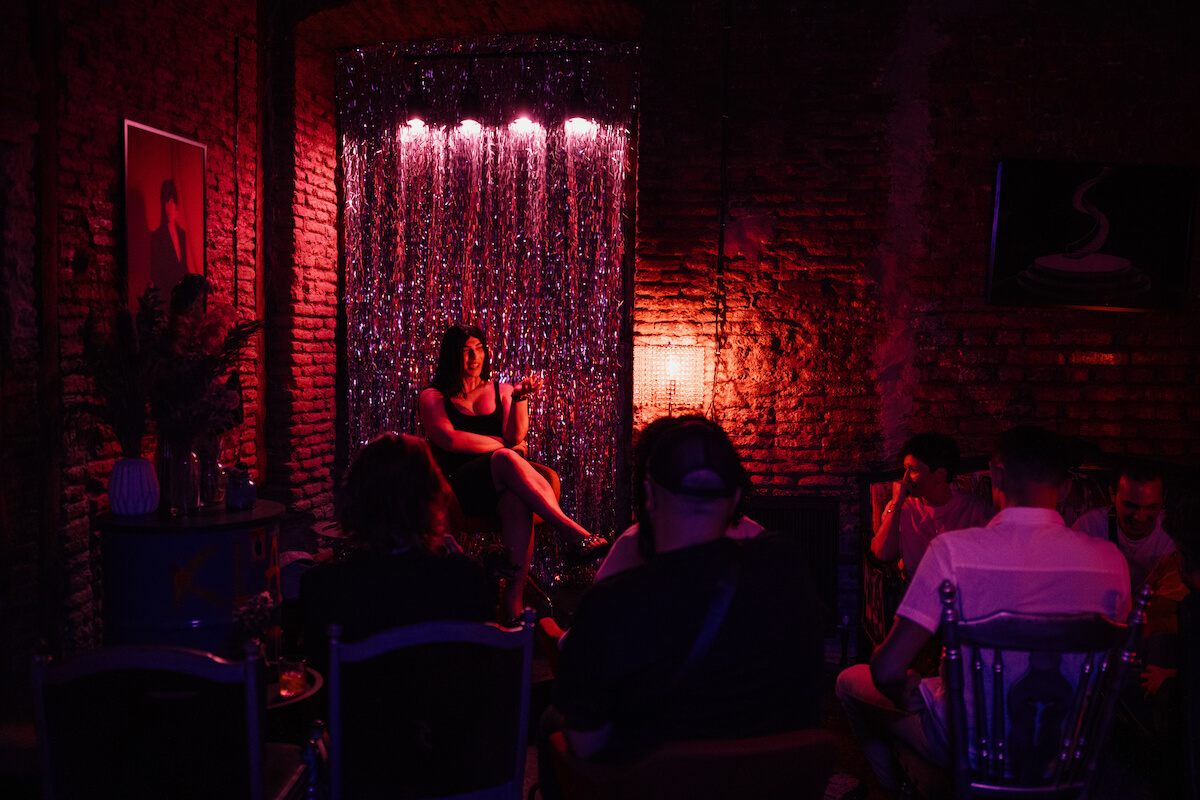
From Street Violence to Stand-Up Scene
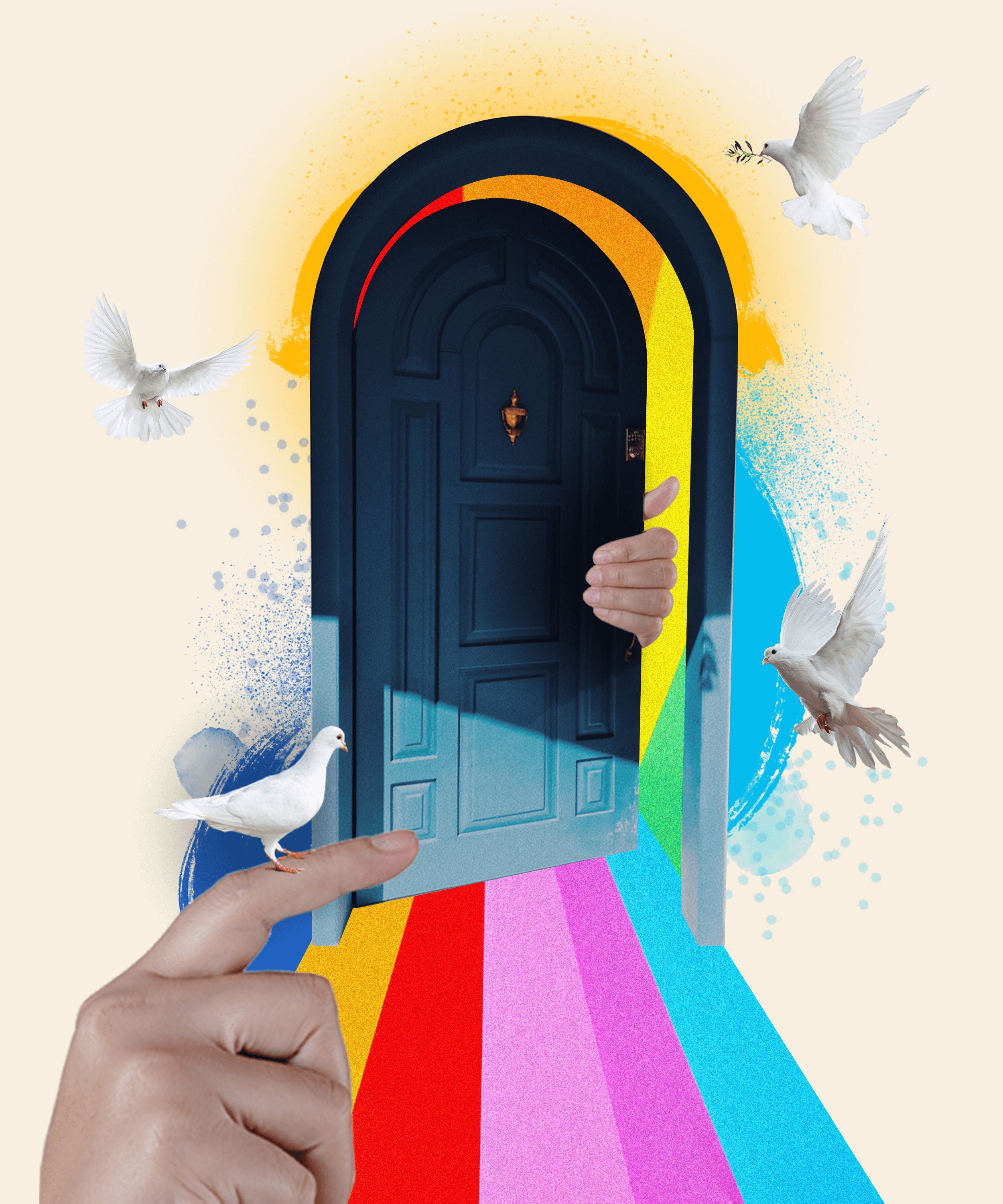
“The Most Important Thing For Me Is That My Son Is Happy”
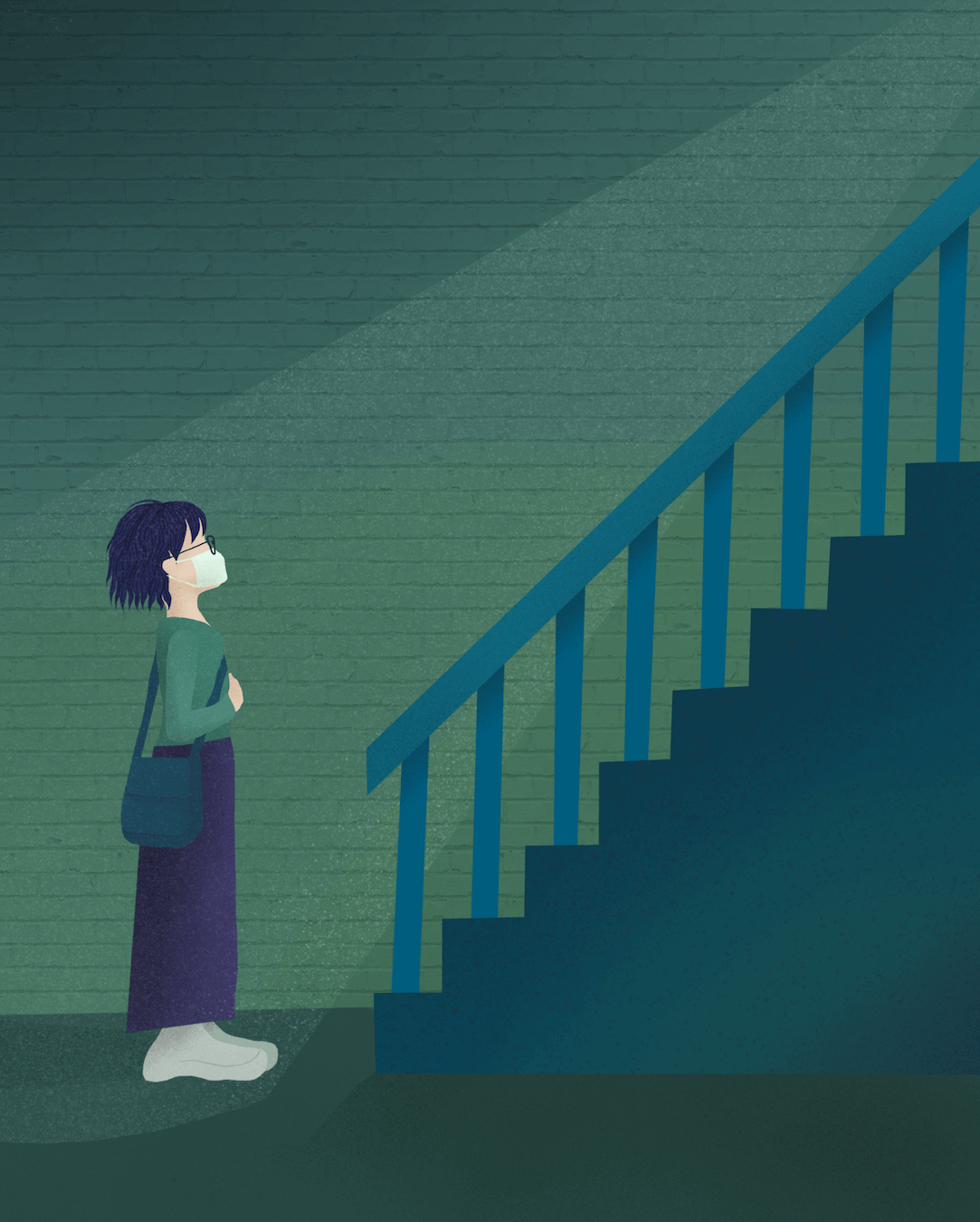
“There Are Things One Doesn’t Choose”
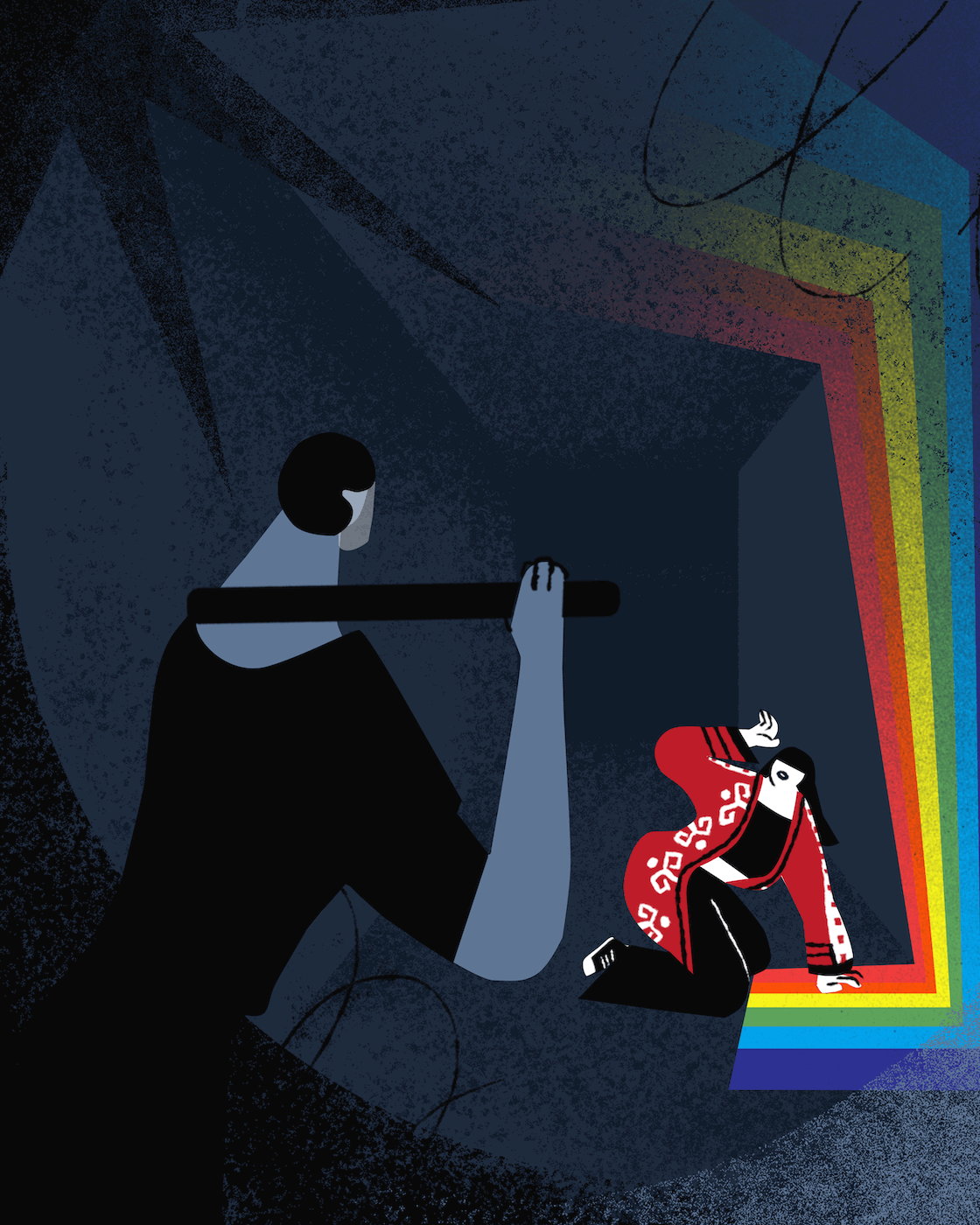
“I Was Told I Had Disgraced Kazakhstan”

I Am Queer, but Am I Safe?

“If Your Protesting Hand Gets Tired, I’ll Be There To Take It”
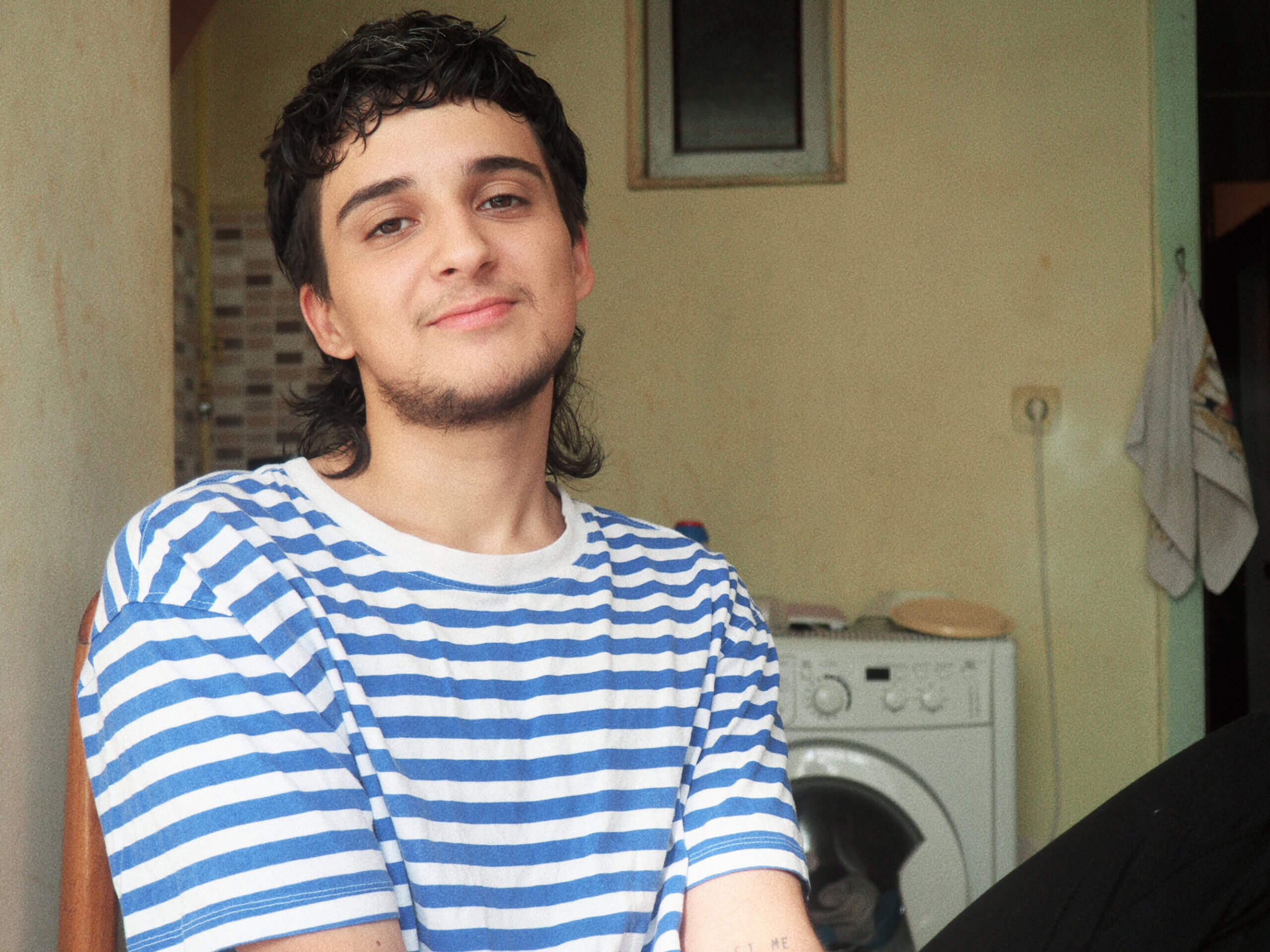
Trans Solidarity Against Bigoted Institutions

“I Gave Up a Lot To Be Who I Am”

Influence
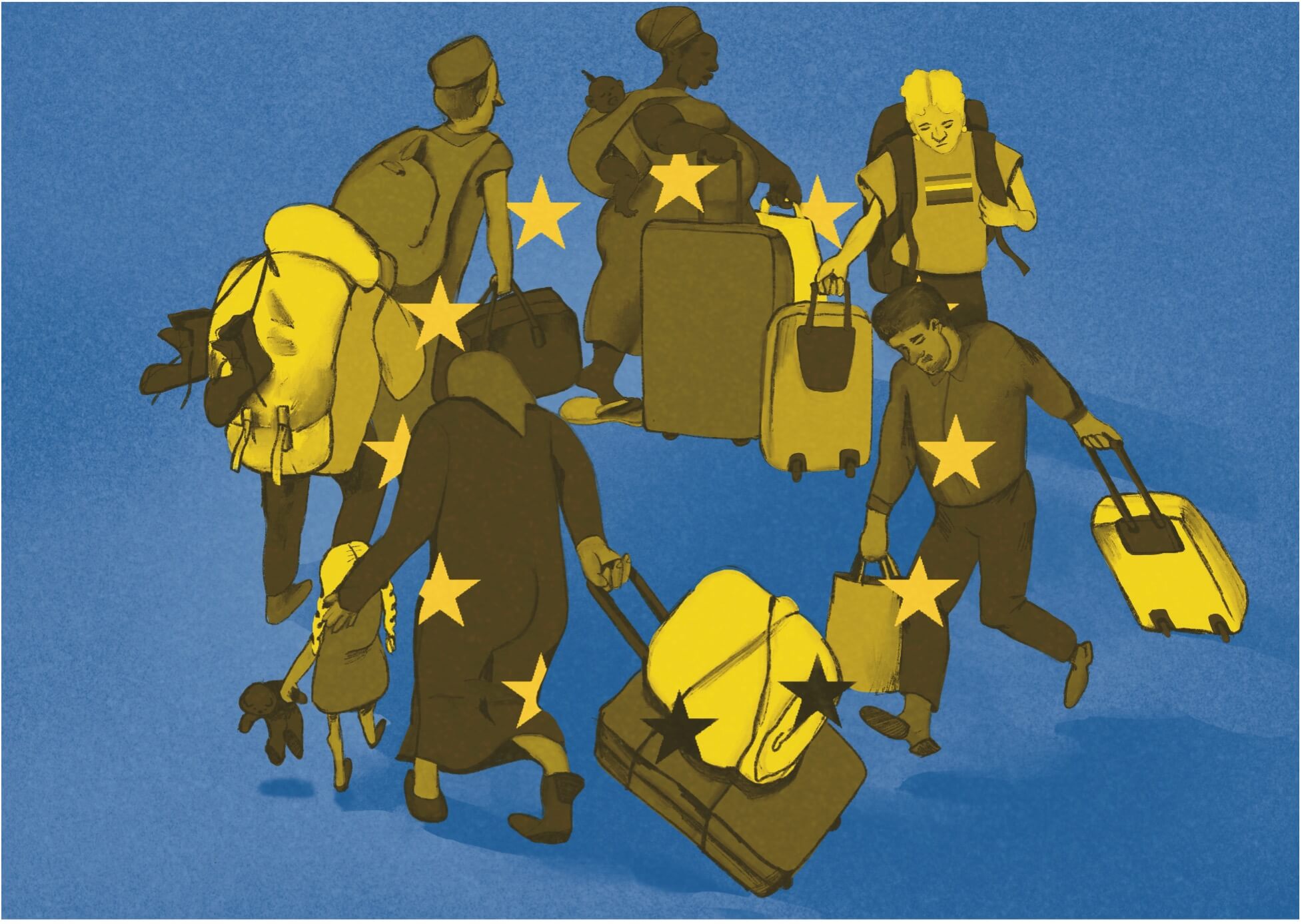
A Story of One Migration
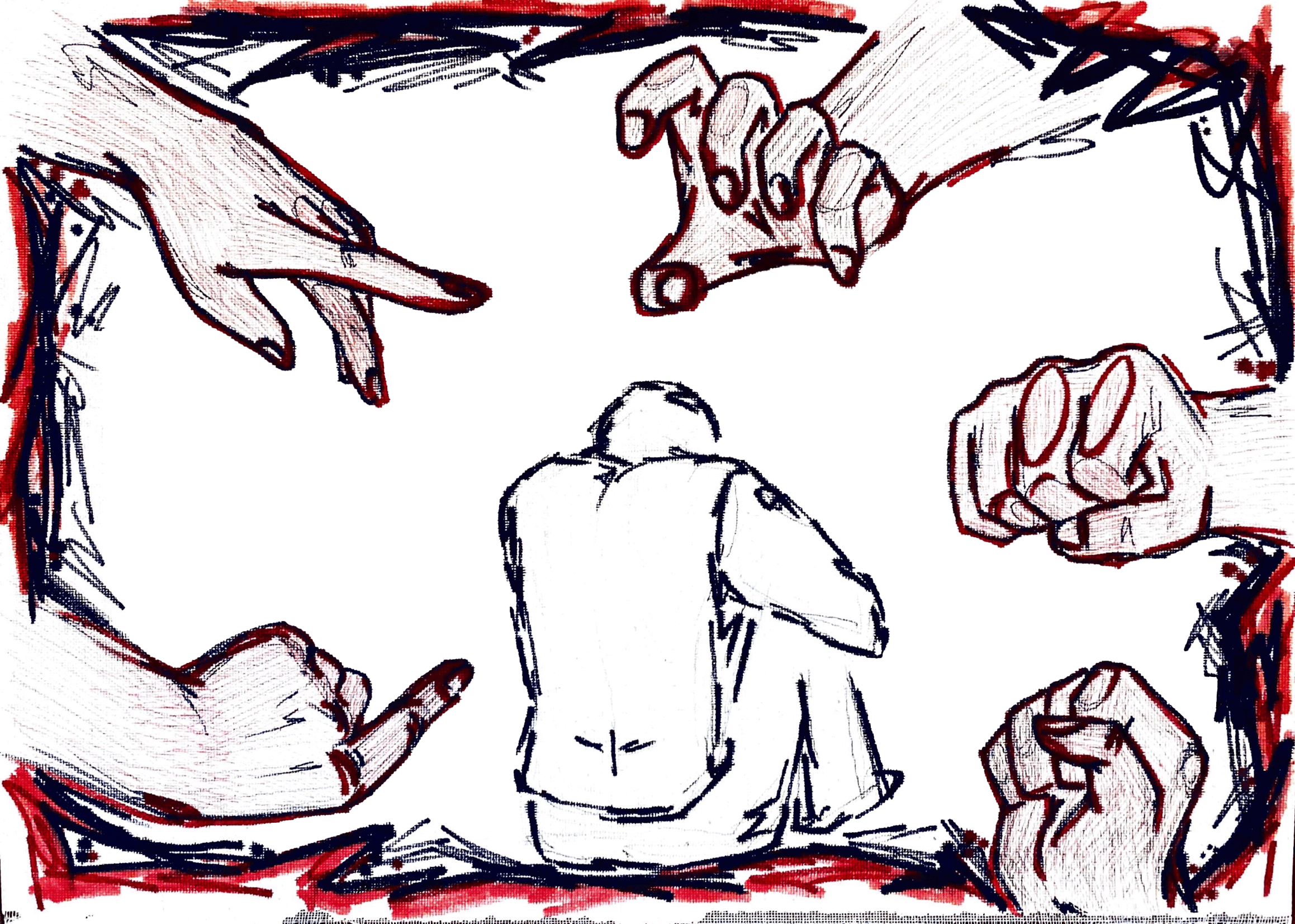
“If We Call the Police, They Laugh at Us”

In Armenia, Trans Community Faces Fear, Neglect

No Trauma, No Drama. Rewriting Media LGBTQI+ Narratives
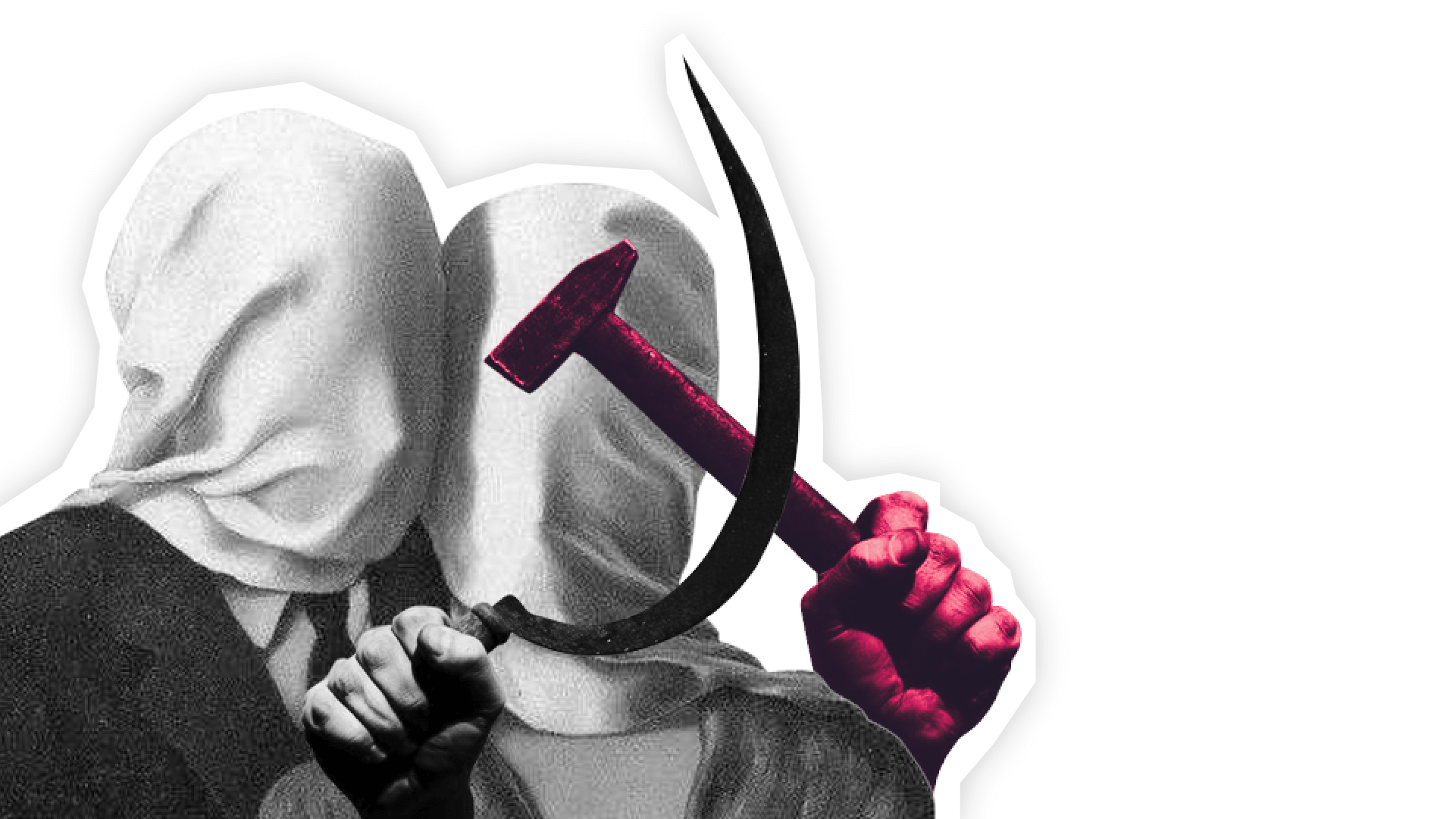
What if homophobia in Central Asia is a product of colonialism?

Russian Colonialism and Homophobia in Moldova
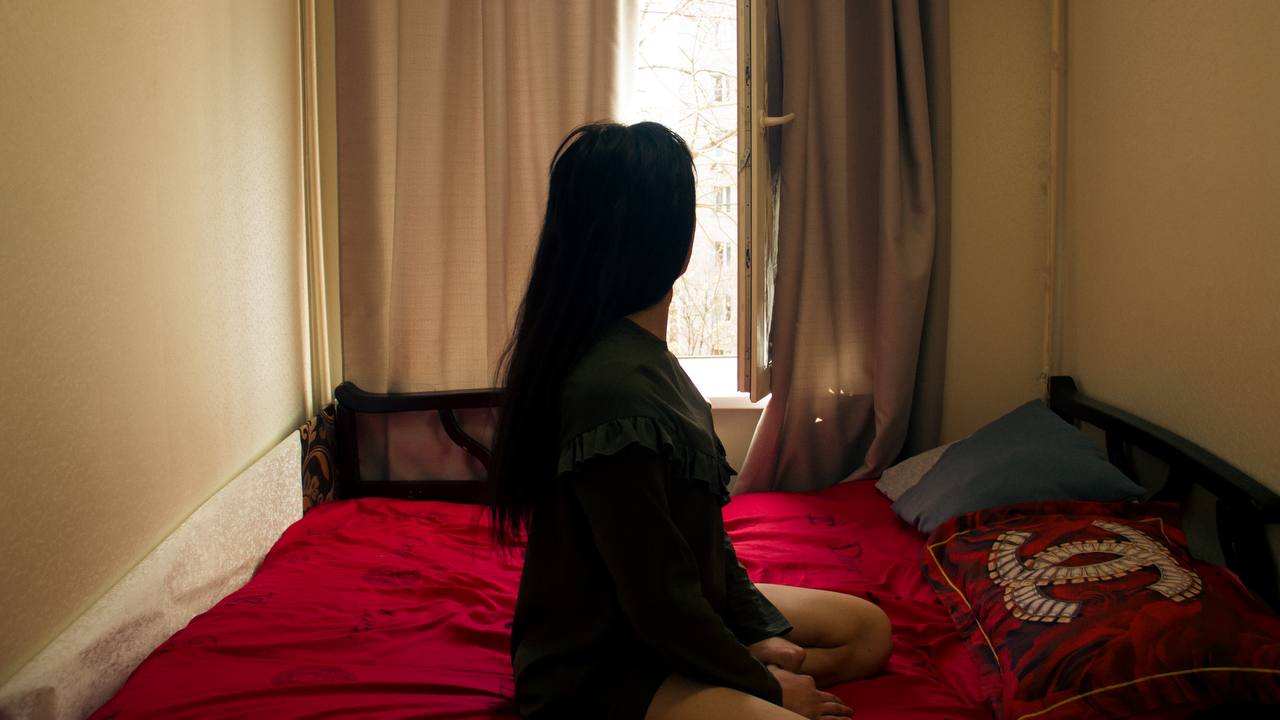
Migration Is the Path to Freedom. A Photo Report about Sumaya
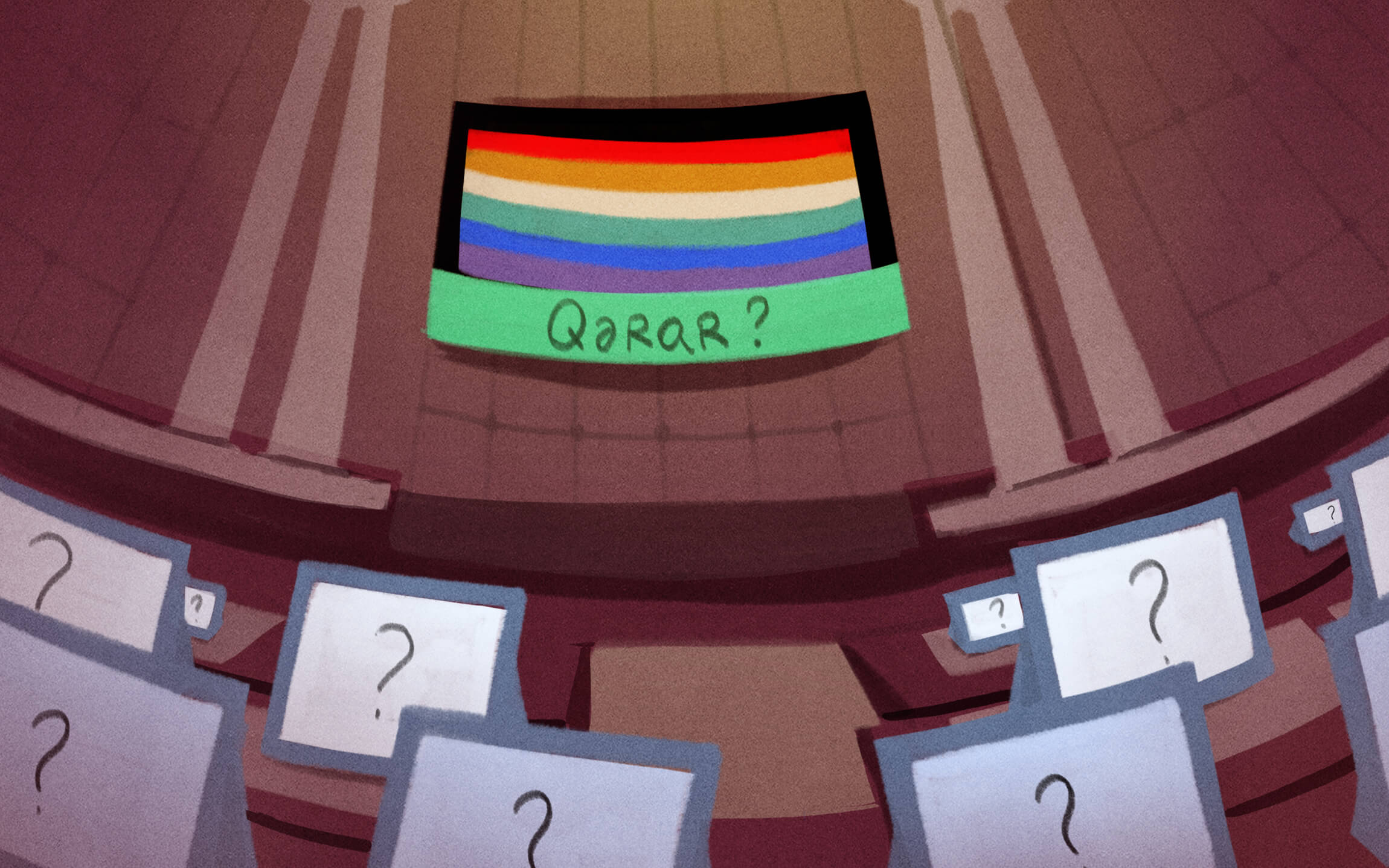
Russia’s Homophobic Law Inspires Azerbaijani Political Elites

“I Put a Lid On My Sexual Orientation, I Buried It”: Life of LGBTQ+ People in the Temporarily Occupied Territories of Ukraine

Non-traditional Values: Did Uzbekistan Inherit Homophobia and Family Concepts from Soviet Union?

Gay Pride Parade, “Dazhynki” or White March: which holiday suits “Belarusians of the future”?

Beyond Blurred Existence
